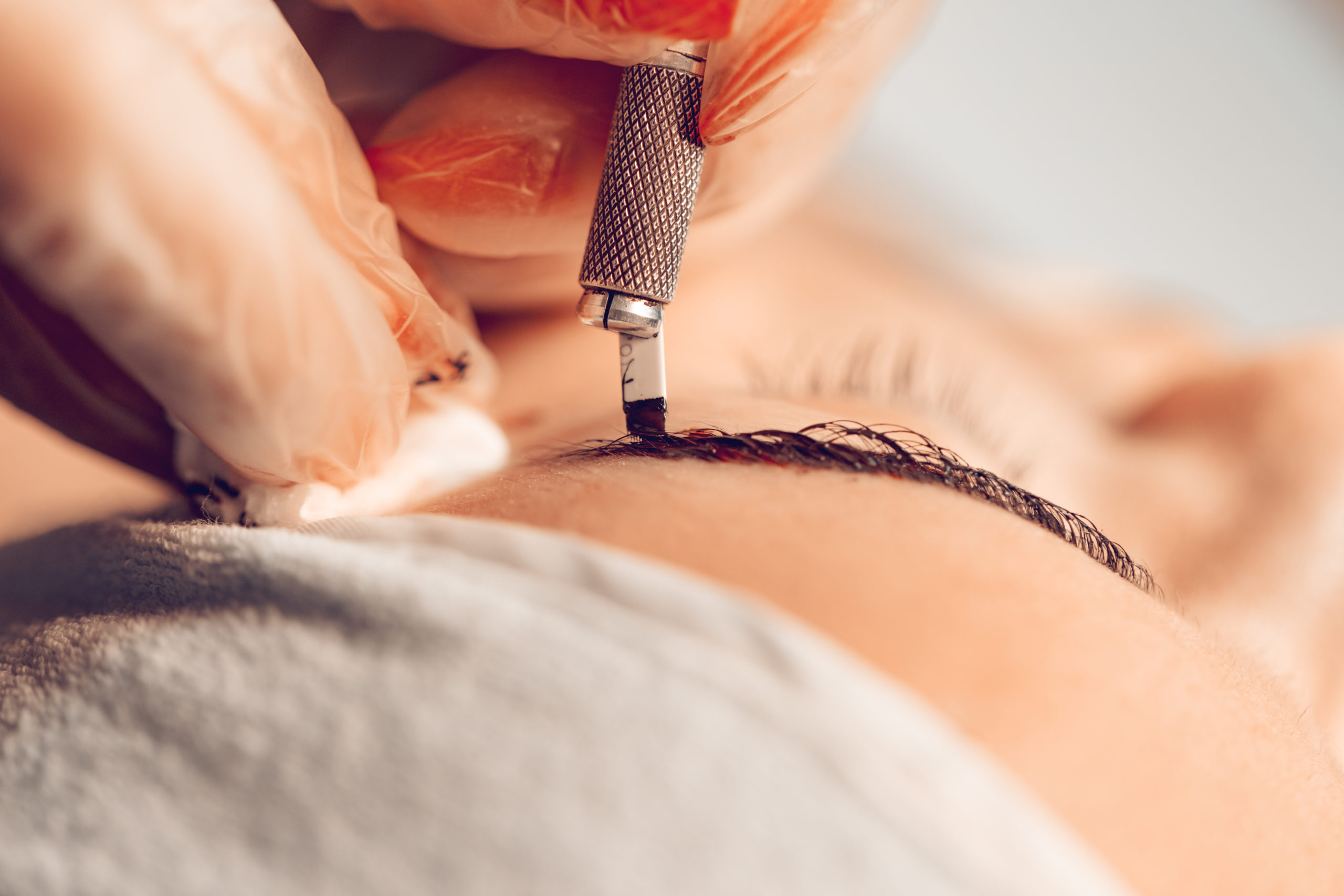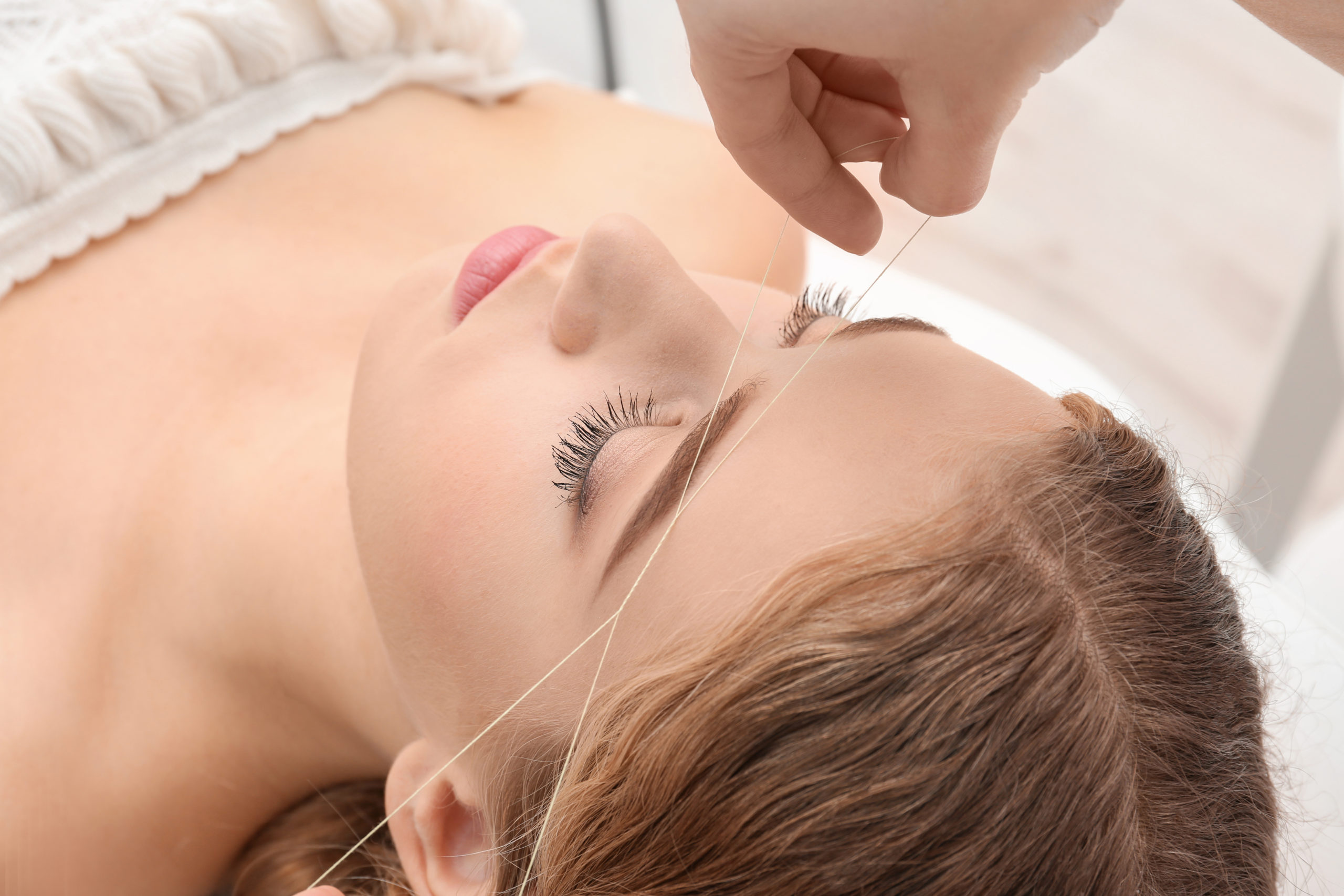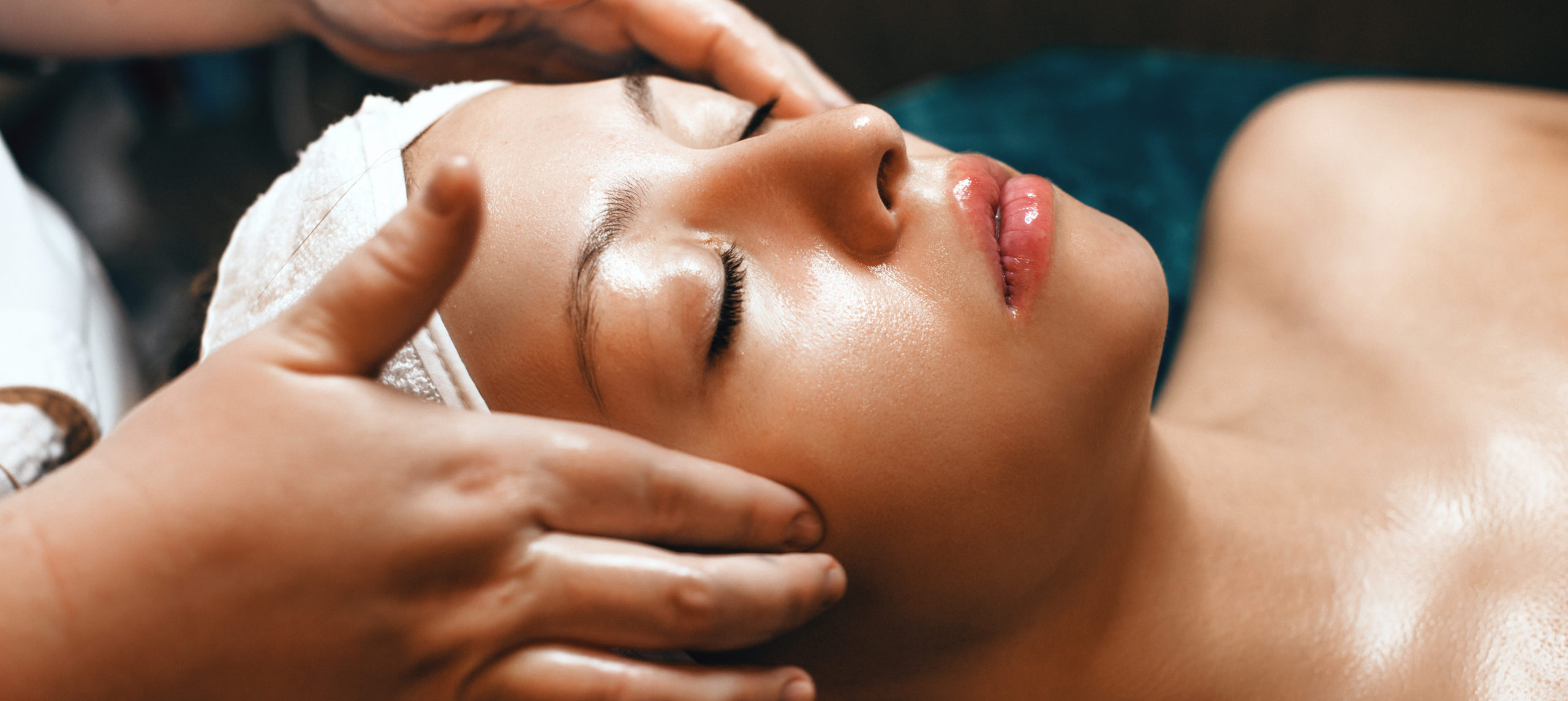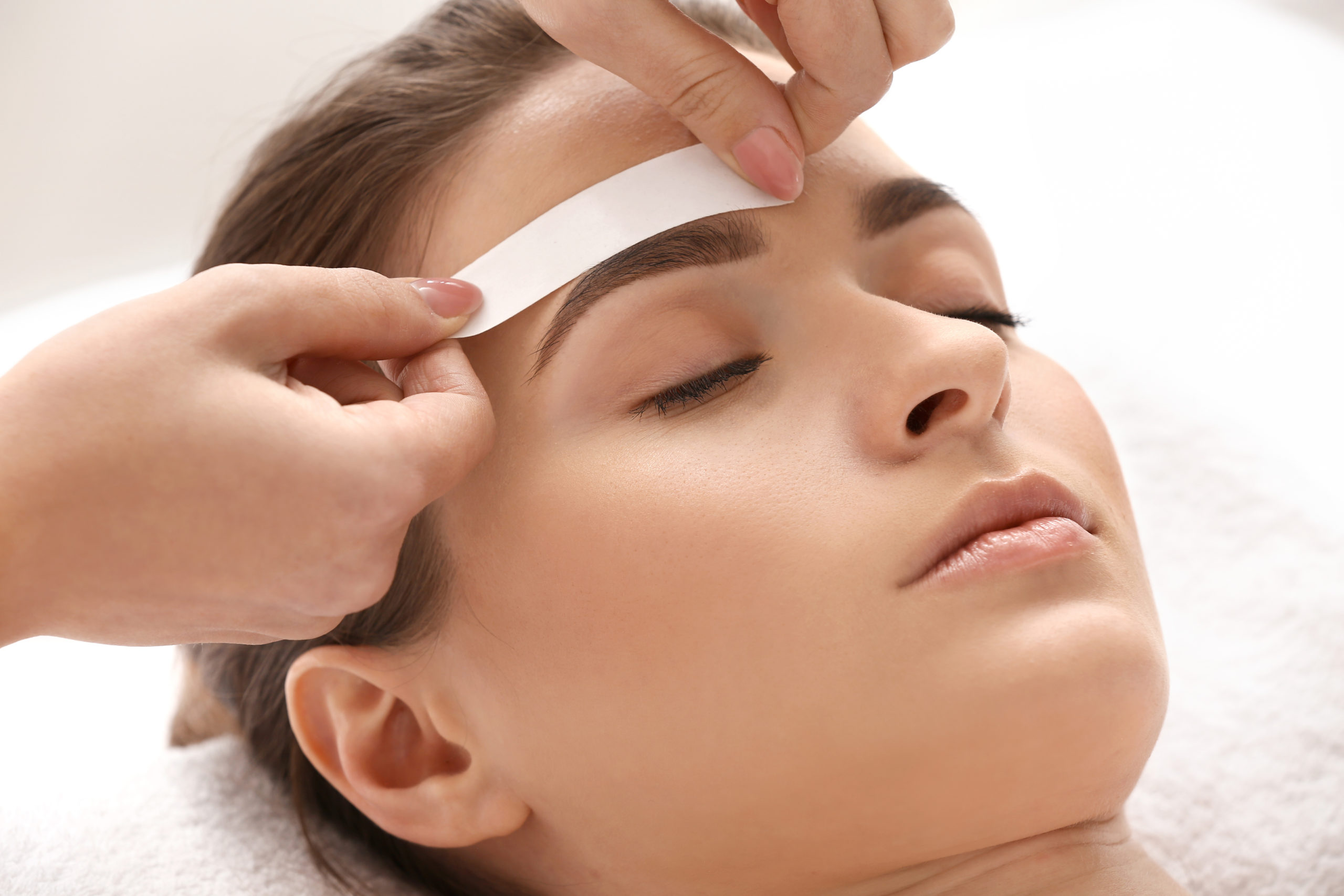Brow Artist |
Microblading |Esthitician
01
ABOUT US
With over 13 years of experience as an estetician and over 7 year of microblading. My goal is to enhance your own natural beauty. I enjoy sharing my knowledge and making every client feel confident and beautiful.
Master Microblading Artist
M
I
C
R
O
B
L
A
D
I
N
G

Microblading is a form of semi-permanent tattooing that involves using a small handheld tool to manually deposit pigment into the skin in the shape of hair-like strokes. The pigment is designed to mimic the appearance of natural eyebrows, and the technique is typically used to fill in sparse or patchy eyebrows or to reshape them. Microblading can last for 12-18 months, after which the pigment will begin to fade and will need to be retouched.

During the shaping process, we will check for symmetry by comparing the two brows and making adjustments as needed.
After the shaping is done, the we may may use tinting to fill in any sparse or patchy areas to give the brows a more polished look. Once the final shape is achieved, the we will review the new shape with the client to ensure that they are satisfied with the results before ending the service.
B
R
O
W
F
a
C
I
A
L
S

Facial treatments can be customized to suit different skin types, and can be tailored to target specific concerns such as acne, aging or sun damage. Facials can also be therapeutic and relaxing, and can help to reduce stress and tension.

Eyebrow waxing is a method of hair removal that involves applying warm wax to the skin and then removing it quickly with a strip of cloth or paper, taking the hair with it.
It's important to note that waxing can cause some mild discomfort and redness, so it's best not to wax the day before a special event. It's also important to be mindful of the hair growth cycle, because waxing is most effective when the hair is at least a quarter of an inch long.
It's important to note that waxing can cause some mild discomfort and redness, so it's best not to wax the day before a special event. It's also important to be mindful of the hair growth cycle, because waxing is most effective when the hair is at least a quarter of an inch long.
W
a
X
Threading
LED
Light Therapy
LED light therapy can be used to treat a wide range of skin concerns such as acne, rosacea, sun damage, fine lines and wrinkles, and hyperpigmentation. Different wavelengths of light are used to target specific skin conditions. For example, blue light therapy is used to reduce acne while red light therapy is used to promote collagen production, which can improve skin tone and elasticity.